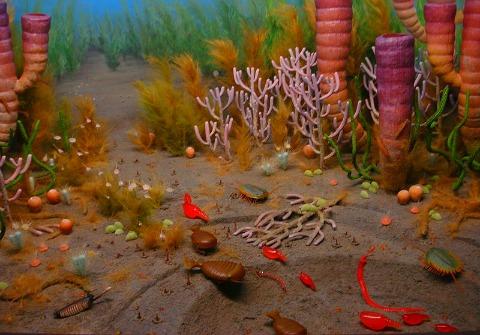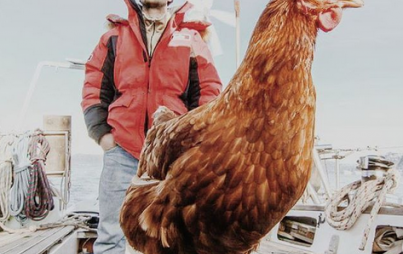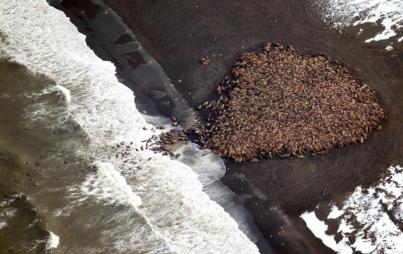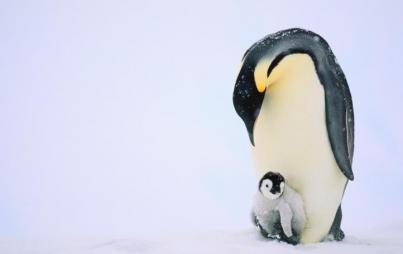
Once upon a time, life on earth was rather dull. In fact, it mostly consisted of bacteria and microbes. But then evolution began hitting its stride and rolled out the Cambrian explosion! This fast-paced era—about 540 million years ago, if your brain is capable of conceptualizing that—saw the development of complex creatures and the first bona fide animals.
You can imagine that unearthing remains of these earliest animals doesn’t happen every day. But happily, a team of researchers recently discovered a new specimen in Greenland—a filter-feeding giant that scoured the prehistoric sea that used to cover the country—this region is now Arctic, but back then it was a tropical ocean. The species, dubbed Tamisciocaris borealis—can we replace the Latin naming scheme at some point?—was kind of like a super-primitive baleen whale, using bristles to rake in the new plethora of tiny Cambrian sea creatures. This means it was probably one of the top predators of the day, and all it had to do was swim and let the food pour right in.
It seems that the smaller in life form you go, or the farther back in time, the crazier-looking the creature is. T. borealis is no exception to this dictum: a researcher said it “looked like something completely out of this planet” with a huge elephant-like trunk with bristles for grasping prey, eyes attached to stalks and a squared-off mouth. Some other wild specimens of that time: a five-eyed arthropod—that’s the record for number of complex eyes on an animal—a six-feet long shrimp-like creature with arm-like appendages coming out of its mouth and another with a large hollow head shield—it's unclear what horrible things were happening to its head to warrant this add on.
Let’s hope scientists finally come up with a time machine soon, so we can do some serious Cambrian scuba diving and gawk at the bizarre creations of the universe.
Image: commons.wikimedia.org






